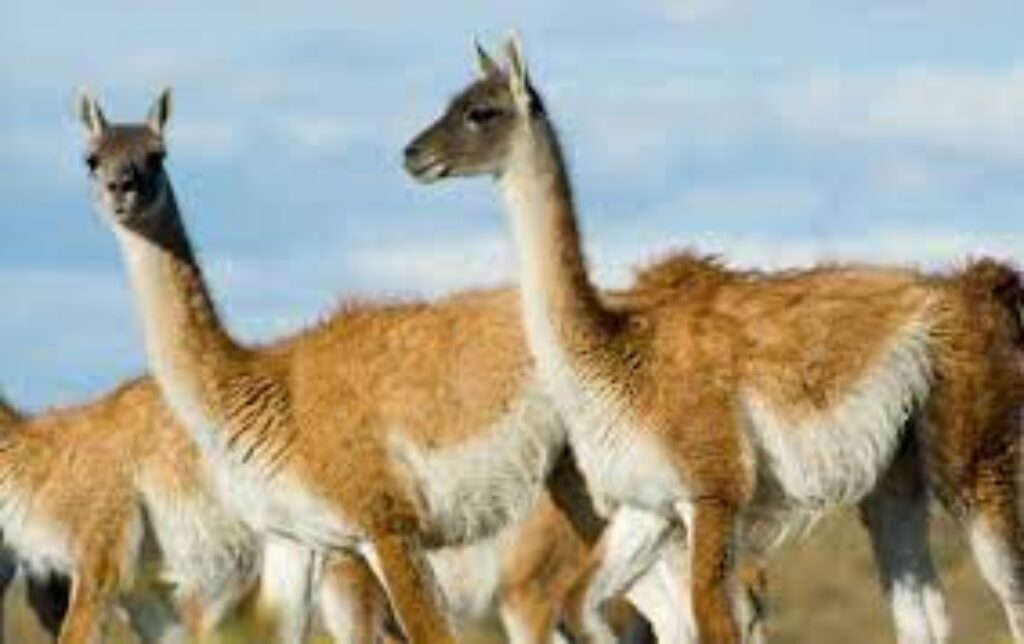Abortion in Camelids

Abortion in camelids, such as llamas and alpacas, can occur due to a variety of causes including viral infections, nutritional imbalances, and stress. It is important to consult with a veterinarian to determine the cause of the abortion and implement appropriate management strategies to prevent future occurrences. These may include vaccinations, improved nutrition, and stress reduction. In some cases, it may be necessary to cull the affected animal to prevent the spread of disease to the herd.
In camelids, abortion can be caused by a variety of pathogens including bacteria, viruses, and protozoa. Some of the most common viral causes of abortion in camelids include herpesvirus, adenovirus, and parainfluenza virus. Bacterial causes of abortion include Brucella spp. and Campylobacter spp.
Read More: Medicine and Surgery of Camelids, 4th Edition
Nutritional imbalances, such as a lack of selenium or copper, can also cause abortion in camelids. Stress can also play a role in causing abortion, particularly in animals that are transported or housed in crowded conditions.
It is important to work with a veterinarian to determine the cause of the abortion and implement appropriate management strategies to prevent future occurrences. These may include vaccination, improved nutrition, and stress reduction. In some cases, it may be necessary to cull the affected animal to prevent the spread of disease to the herd. It’s also important to implement biosecurity measures to prevent the introduction of pathogens into the herd.
In addition to this, it’s also important to maintain accurate records of breeding, pregnancy, and health status of the animals in the herd, as well as to detect and treat any signs of illness as soon as possible.
There is more detail that can be provided regarding abortion in camelids.
In terms of viral causes, specifically, Camelid Herpesvirus (CHeV) is a common cause of abortion in llamas and alpacas. It is a highly contagious virus that spreads easily among animals, and can cause reproductive failure, including abortion, stillbirth, and neonatal death. Other symptoms can include fever, nasal discharge, and ulcers in the mouth and on the tongue.
Brucellosis is a bacterial infection that can also cause abortion in camelids. It is caused by the bacterium Brucella abortus and can be spread through contact with infected reproductive organs, aborted fetuses, or placentas. Symptoms can include abortion, retained placenta, and reduced fertility.
Nutrition is a key factor in maintaining the health of camelid herds and can play a role in preventing abortion. Imbalances in mineral levels, specifically copper and selenium, can lead to abortion. A veterinarian or a nutritionist should be consulted to ensure that the herd is receiving a balanced diet.
It’s important to keep in mind that multiple causes may be involved in an abortion and that the veterinary diagnosis should include necropsy, serological and microbiological tests, as well as epidemiological data.
To sum up, the causes of abortion in camelids can be complex and multifactorial and a veterinarian should be consulted to determine the cause and implement appropriate management strategies to prevent future occurrences. Biosecurity, record keeping, and timely treatment of illness are key to maintaining the health of the herd.
